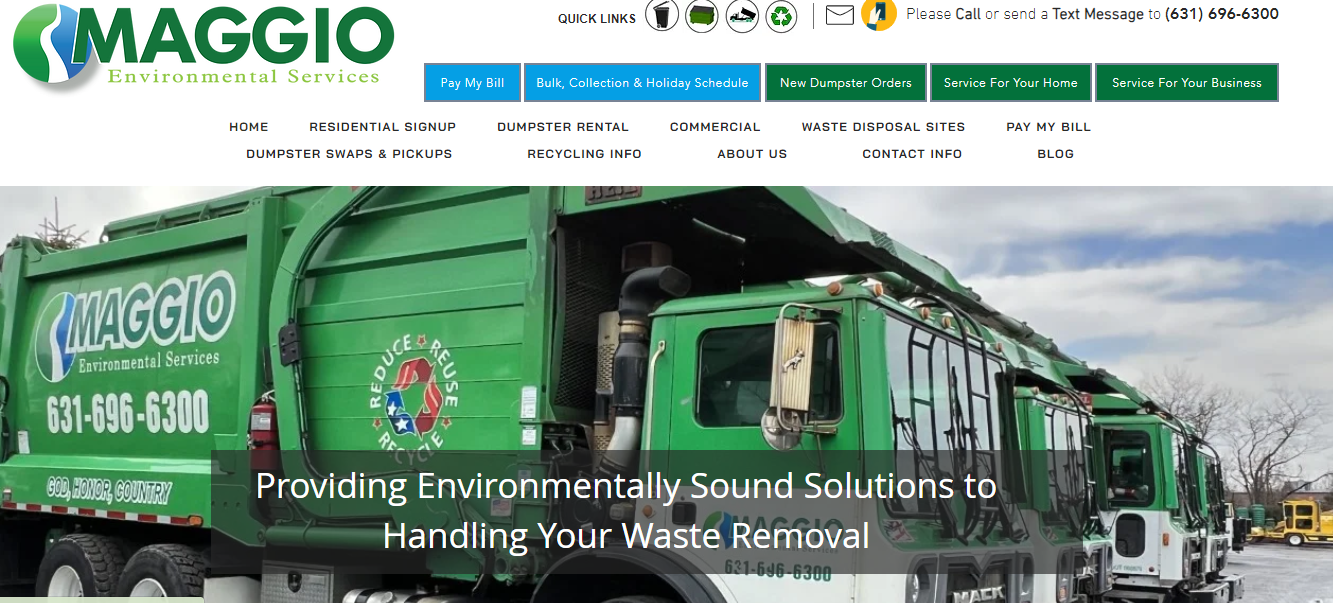
Although more than half of all the clicks go to the top 5 organic search results on Google, creating an SEO service strategy and making great content or technical SEO audits may not guarantee you much audience. Incredibly, 90 percent of web pages do not even receive any search traffic from Google! But what are people doing on your site when you’re not seeing those visits? Your SEO competitors.
But, I assure you that it will be a challenge to appear on the search results when other companies are employing such methods more competently. This is why we must do an SEO competitor analysis.
You can look at your competitors either as pain – or as a goldmine. Your organic search strategy must incorporate an SEO competitor analysis in order to access this trove of information. You get to generate better, focused, and targeted content, rise in the list of search engine results, and get relevant visitors if the strategy is well applied.
Before you can begin beating the competition, you need to first know:
It is actually not always who you might think maybe your ‘real’ search competitors.
Keywords that they rank and get the organic traffic.
How to find your business-specific online competitors?
The first thing you should know about your SEO competitors is that they are not necessarily the same players as your direct business competitors. So, what is an SEO competitor? Your SEO competitors are websites that rank for the organic search queries you are also competing for. This means your SEO competitors will differ from topic to topic. It’s important to know exactly who you are competing with – and for what – before publishing or optimizing any pages aimed at ranking for a specific keyword. That is where the first step of competitor analysis comes into play; finding competitors that you may not be aware of. If different parts of your website focus on different business areas and so have multiple competitors across industries, this is a hugely important action to take. Guesswork is not the right way to approach this initial step.
You might think you know who your competitors are, but the most accurate method of uncovering your SEO competitors is by looking at the data. Because you might be analyzing thousands – or even tens of thousands – of web pages and keywords, you should consider using an enterprise SEO platform to automate this step. SEO makes locating your most relevant competitors easy with competitor-surfacing metrics like “Discover competitors” and “Top-ranking pages by keyword”. Use the insights from these features to lift the lid on search competitors based on the keywords you are monitoring and for your best-performing pages. From here, you can keep a watchful eye on your competition – existing and emerging – and discover what about their content means they’re topping the search engine rankings.
When to Do The SEO Competitor Analysis?
Your SEO performance never operates on a silo basis, as it will constantly be a point of comparison with the next person and how they operate their SEO. Nor is it static. When it comes to SEO, no matter what happens with search engine algorithm changes, the launch of new competitors, and the other side’s digital marketers who do everything possible to outrun you. Periodically auditing your competition so as to establish where you are against this lot, will enable you to identify segments that require your attention before they adversely hit on your classification.
There are a few steps that you should never fail to follow in a competitor’s SEO analysis process including those as highlighted hereunder.
Start creating content: This will improve the quality of answering user search intent as compared to other sites.
Plan your content: An excellent method of gaining necessary search engine exposure has been described here. SEO competitor analysis allows you to compute the amount of work needed to be ranked higher than some other topics.
After a sudden ranking drop: In this respect, you will be required to know why other players within your industry are suddenly outgrowing you as well as understanding what it takes for other businesses within your industry to win against their competitors in search ranking results today.
See if your webpages are stagnant in the SERPs: You need to understand that if your page is dead, in other words, doesn’t belong to the top search results, the competitor analysis is needed to discover a gap for optimization of such a page.
See, if the SERPs have changed: The next step is to identify your competitor which might have replaced you at the top of page one.
SEO competitor keyword analysis
The idea of competitor keyword analysis refers to identifying crucial keywords that other search engines tend to rank higher while yours does not then hijack their traffic and redirect it towards your websites.
Types of keyword phrases to review during competitor analysis?
Not every keyword needs to be focused on equally. You should concentrate on keywords about your enterprise, possessing high traffic density, but not too challenging on the ranking line.
However, it will still give you numerous combinations to choice. To this end, it is wise to filter the domains, for example, through the option of SEO top keyword by domain”. Type in the name of a specific domain to find out a hundred keywords as rankings per the search volumes belonging to competitors. Use this knowledge wisely for strategic selection and continual optimization of key search terms to watch. Then comes the list of all the content issues you can make yours, and preferably, surpass.
Consider using “Search intent” instead of “Search volume”.
It is important not to get the impression just because you have a high-ranked keyword does not imply that your search traffic will shoot up significantly. Instead, one should aim at meeting search intent–user intent.
The main objective behind the search of any user is search intent. For instance, this kind of search may look like, informative, “ Opening hours Woodford Reserve distillery ” or transactional, “ purchase 1000-piece jigsaw puzzle”. Another type of search is called navigational search and its example could be “Washington regardless of whether it is informational, navigational, or transactional searching, your web pages must fulfill your user’s search intention by delivering optimized content with quality information that gives them an answer to what they need from you.
First, google gives priority to sites with a good user experience.
It increases the ranking of search outcomes based on the site’s positive UX. Secondly, Google increases the ranking of quality search results by providing a good user experience. Hence, the user’s query is answered by your content well and more elaborately than the other sites competing for the same ranking. There is much financial reward to be made if you do this as well – more than eight percent of all searches send users back to search engine’s result pages for a selection of other outcomes. These are the people with whom intent-specific optimization of your content would like to offer a more detailed response.
Creating – or optimizing – your content to make it more suited to answering user search intent might include:
Instead, it provides valuable content that easily matches the user’s search intent, not only his keywords.
Try adding more colorful and interactive content formats to your page like how-to guides, infographics, or videos.
Leveraging people also asks features of Google for spy missing content type and answers.
Improving on their existing content. For instance, if your competitor produces the top 10 historic locations in your state you can add more by creating a top 50 best places list.
Establish yourself as an important and reliable disseminator of information. Ensure that you tell your readers that you are knowledgeable in your area of expertise. Alternatively, you could persuade one of your subject matter experts to create a blog post giving out some vital tips that can be employed by prospective customers as well.
It is important to note that by writing your copy according to what a particular search intends to achieve and not simply targeting keyword search volume, you are going to generate more relevant users’ traffic to your page, increase keyword ranking, and produce better leads.
Use the extended keyword research
What do you do when your website is not as large, and it does not yet have an established name in the marketplace that competes for the same keywords at the time a visitor searches for information? Therefore you ought to stop targeting the most competitive keywords and focus on more winnable long tail keyword variations that are at least six years old with 60% of the pages having ranked in the top 10 Google results. To be specific, the majority of the queries that individuals make through Google search are of such type and account for approximately 70 percent of all online searches.
For starters, half of search queries have at least four words, so going beyond the basics will surely pay off. For instance, a popular, single-word keyword such as “headphones” ranks more than seven hundred seventy-eight million with keyword difficulty scores. Be very distinctive by utilizing a narrow term such as Noise-Cancelling Headphones, Budget Wireless Headphones, or Headphones for Sleeping which have few rivals.
Finding many different long-tail keyword variations is like an endless procession. However, as far as the SEO competitor analysis goes, using an SEO is the best option because it largely takes the burden off your shoulders. Try and analyze your competitors by researching what those long tail keywords are that make them competitive in the market. Long tails have smaller search volumes but drive targeted traffic that is more exact in relation to the site’s relevance. Moreover, these keywords are usually easier to rank for.
Monitor your competitor’s SEO
Organic search and paid search are seen as two different things, but searching the list of PPC keywords of one of your competitors can reveal many important things such as the list of keywords that are deemed lucrative by him for his profitability.
They understand that these keywords bring forth a huge amount of online traffic hence their readiness to pay up for PPC listing. In specific and especially low difficulty, high conversion keywords.
Monitor the keyword rankings
As previously said, SEO is a marathon, and doing these competitive SEO analysis steps is merely the beginning. Your ranking fluctuates depending on the time period; hence the need for tracking of both your rankings and those that compete with your keyword-based keywords.
Although monitoring hundreds or even thousands of keywords is not cost-effective or practical. Utilize an automatic keyword-checking tool so as not to lag behind in the newest search engine ratings. Constant, routine control will help you see the rise and fall of the rankings, which should be performed without delay so that the traffic drops aren’t too severe. Additionally, you will be in a position to see the outcome of keyword optimization and prove to your manager a successful SEO strategy.
Conclusion
In conclusion, up your SEO game with the help of a trusted SEO service company for finding a list of keywords, doing competitive analysis, and enhance your online business ranking. Most importantly, doing competitive analysis is must for your business to stay ahead of the competition.







































































